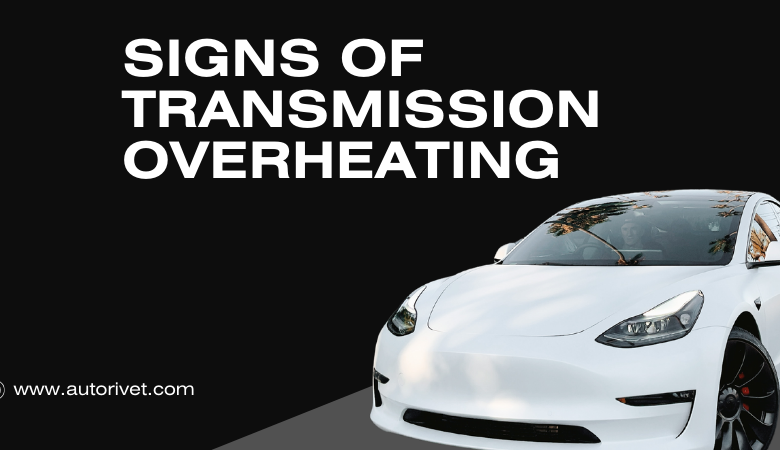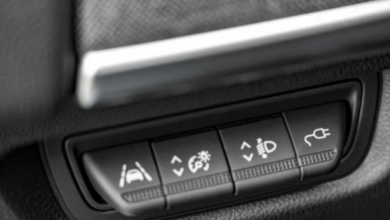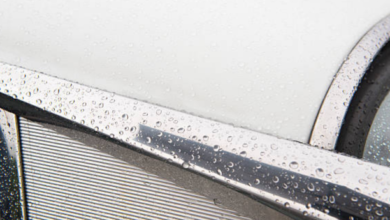Signs of Transmission Overheating and Sympmtoms you Shouldn’t Ignore

What is Transmission Overheating?
Transmission heating up is a condition refering to a situation where the temperature of the transmission oil of an automobile’s transmission system soars to an anomalous and harmful level. The transmission is a component that is responsible for transferring power from the engine to the wheels, doing it through the transmission fluid that lubricates, cools and provides smooth running of the parts. Transmission overheating then results in the slipping of the transmission and to pervent our vehicle from overheating and slipping we should know more about the causes of transmission overheating.
What Causes Transmission Overheating?
Transmission overheating can be caused by low fluid, insufficient lubrication, impurities, or poor-quality lubricating oil. In addition, some mechanical issues such as size deviations, friction between parts, and hard bearings will also cause the gearbox to overheat. Let’s go through each cause to understand more:
Low transmission fluid
An essential catalyst for keeping the gearbox’s internal machine parts cool and functioning steadily is gearbox fluid. Due to the high friction between the metal parts of the gearbox without lubrication, a lack of gearbox fluid can cause the gearbox to overheat and possibly catch fire or explode. Furthermore, low fluid levels or deteriorated fluid might limit the transmission’s capacity to efficiently disperse heat, which can result in overheating. For this reason, you should periodically check the fluid level and replace it in accordance with the manufacturer’s recommendations.
Too much transmission fluid
Increased fluid pressure may result from an overabundance of gearbox fluid. The fluid may foam or froth as a result, which lessens its capacity to lubricate and cool the gearbox parts. Overheating can be caused by increased friction and heat buildup as a result of inadequate cooling and lubrication.
Furthermore, the extra fluid may strain the seals in the gearbox, resulting in leaks. Leaks in the fluid supply might make the overheating problem worse and contribute to a decline in fluid levels.
Faulty transmission cooler
The gearbox fluid must be cooled by the gearbox cooler. The cooler will hinder cooling and lead to the gearbox overheating if it is broken, clogged or not operating properly.
Overload the transmission
Driving on steep terrain or pulling large weights are two examples of driving situations that put undue strain on the gearbox and can lead to overheating. The gearbox must work harder in these circumstances, producing more heat than usual.
Transmission Overheating Symptoms You Shouldn’t Ignore
An overheating transmission can lead to several issues and potential damage. Here are some common signs to look out for:
1. Burning smell
When the gearbox oil starts to burn due to overheating, the gearbox becomes inefficient and frequently emits a strong burning smell. This phenomenon is frequently noted in automobiles that are subjected to continuous operation, extended distance travel, or substantial weights. The transmission’s overall performance will drastically decline if this issue is not resolved.
This could happen when the driver uses the clutch improperly or when the gearbox fluid is low or deteriorated, which leads to overheating and burning. As a result, it makes the clutch pads more prone to contamination and wear.
2. Fluid leakage
Fluid leaks may occur from the degradation or failure of seals and gaskets in the gearbox brought on by overheating. The gearbox doesn’t use oil while it’s running, in contrast to engine oil. The gearbox will run with low fluid levels if there is a leak, which raises the risk of overheating. The gearbox might fail the quickest in this manner.
3. Slipping gears
The viscosity and efficacy of the gearbox fluid may decrease as a result of overheating. Because of the decreased fluid viscosity, the gearbox may have trouble engaging and holding in the right gear due to a lack of hydraulic pressure.
This can lead to slipping gears, which might show up as a loss of power, a delay in gear engagement, or the feeling that the engine is revving but the speed of the vehicle isn’t increasing. Unpredictable shifting behaviour from the transmission could also include sudden or delayed gear shifts, as well as being stuck in a particular gear.
4. Warning light
The majority of cars on the road today have sensors and alert systems installed to keep an eye on a number of operational parameters, including the temperature of the gearbox.
An indicator on the dashboard or a specialised warning light may come on to notify the driver of an overheating problem when the gearbox temperature rises above a predetermined point. Depending on the make and model of the car, the warning light’s exact symbol or text may change.
5. Strange noise
Unusual noises are not usually directly related to gearbox overheating, but they can be a sign of gearbox issues. Overheating, however, might exacerbate other gearbox problems that could result in strange noises. For instance, overheating can harm many parts of the gearbox, including the clutches, gears, and bearings. These parts may make strange noises like clunking, grinding, or moaning if they get worn out or misaligned from overheating.




